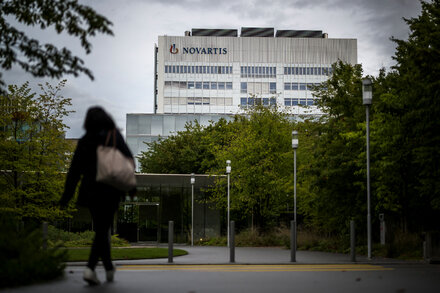As China continues its rapid urbanization and the proliferation of towering skyscrapers, a unique logistical challenge has emerged, giving rise to an entirely new category of urban workers. The country’s dense high-rise residential and commercial complexes, while symbols of modernity, pose significant hurdles for traditional last-mile delivery services, leading to the creation of a specialized workforce dedicated to navigating vertical cities.
The “skyscraper delivery problem” stems from several factors. Standard delivery personnel often contend with lengthy waits for elevators, particularly during peak hours, and the sheer scale of modern complexes can make locating specific apartments or offices time-consuming. Security protocols in many upscale buildings further complicate access, resulting in delays that impact efficiency and customer satisfaction.
In response, a new cohort of delivery workers has begun to fill this void. These individuals specialize in “high-rise” or “vertical” delivery, often employing different strategies to ensure timely service. Some might opt to use stairs for a faster ascent to lower or mid-level floors, bypassing elevator queues, while others develop intricate knowledge of specific building layouts and security procedures to optimize their routes.
“It’s not just about speed; it’s about knowing the building,” explained one delivery worker operating in a major Chinese metropolis. “If you wait for the elevator every time, you can only do a few orders an hour. Sometimes, the stairs are actually faster, even if it’s exhausting.”
This emerging workforce highlights an adaptation within the gig economy to specific urban infrastructural realities. Faced with intense competition and the demand for instant gratification from consumers, delivery platforms and independent contractors are innovating to overcome the unique demands of China’s vertical urban landscape.
Economic and Social Implications
The creation of this niche workforce reflects both the scale of China’s development and the evolving nature of labor in the digital age. For many, this physically demanding work provides a vital source of income in a highly competitive job market. It also underscores the increasing specialization required to maintain the seamless flow of goods and services in hyper-modern cities.
“The sheer volume of deliveries in our cities means traditional methods just aren’t sustainable for every situation,” commented a logistics analyst on the phenomenon. “These specialized delivery personnel are a necessary evolution, bridging the gap between ground-level logistics hubs and the hundreds of floors above.”
While efficient for consumers, the work can be arduous. Workers often carry heavy loads, navigate multiple flights of stairs, and must maintain high speeds to meet delivery quotas. The phenomenon points to the creative solutions and human effort required to keep pace with the unique demands of China’s rapidly growing, high-rise urban centers.
Source: Read the original article here.





